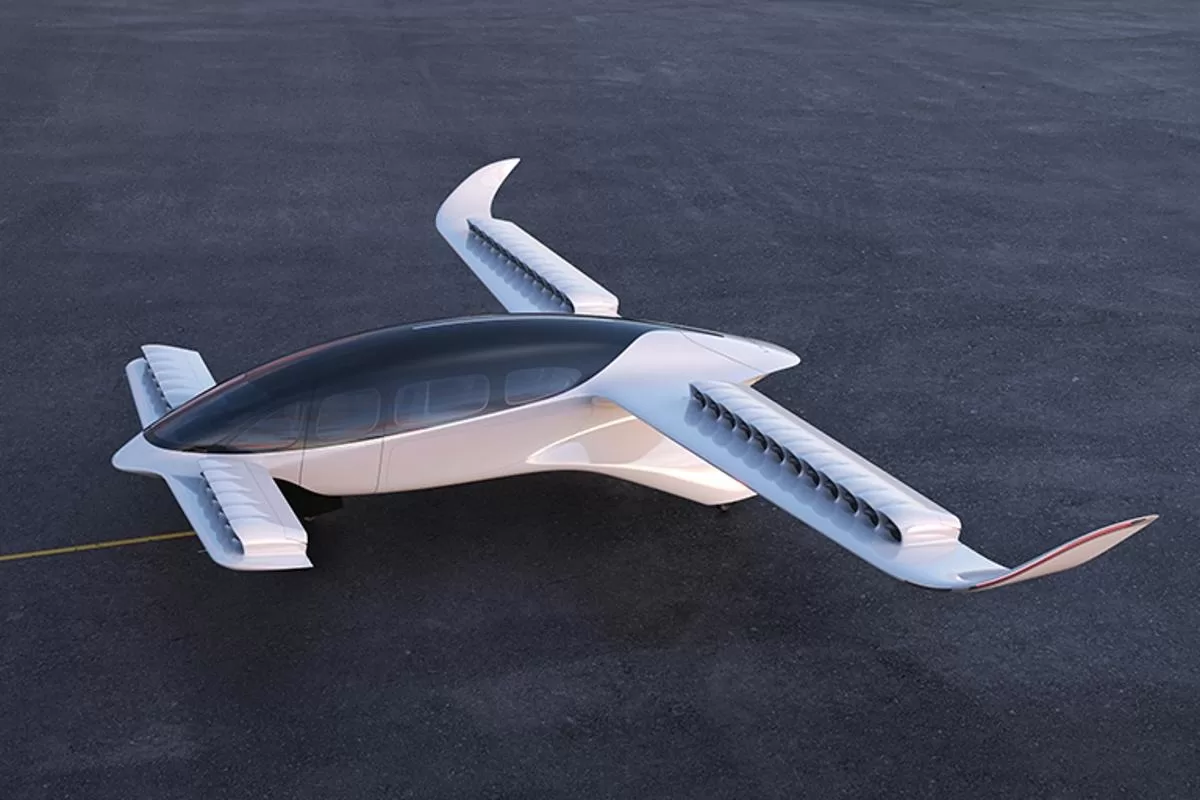Lilium’s seven-seater looks cool, but its battery technology limits its potential as a regional commuter vehicle.
There have been dozens of electric vertical takeoff and landing (eVTOL) aircraft released in recent years. Joby and Archer stand out. Lilium has also been a front-runner.
As part of its collaboration with Diehl Aviation, a leading supplier of aircraft systems and cabin designs to Boeing and Airbus, the Munich-based company unveiled the company’s first six-passenger, one-pilot interior at the Farnborough air show in July.
The company has also announced that it has partnered with Bristow Group, one of the earliest investors in helicopters, to develop a maintenance program for its aircraft.
After leading the successful A320 and A320Neo programs at Airbus, Klaus Roewe joined Lilium two weeks ago as the company’s new chief executive. In addition to being Lilium’s chairman, former Airbus CEO Tom Enders, Daniel Wiegand will remain Lilium’s co-founder and until now CEO as a director and chief engineer.
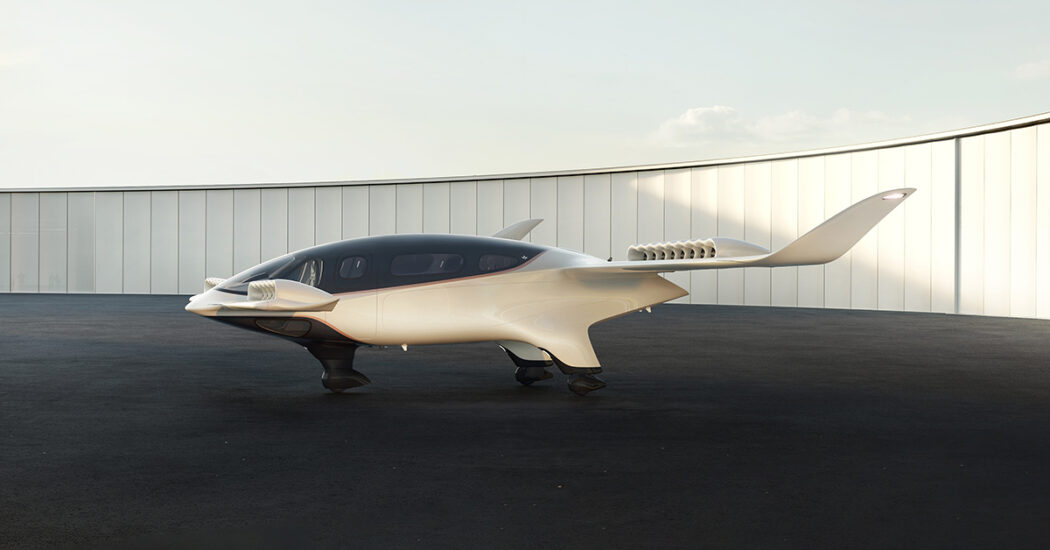
The announcements came at just the right time for Lilium, which has been under intense criticism for its aircraft design and decision to delay type certification by 12 months to 2025. Lilium CEO Wiegand said at the time that the company would build its first production-conforming aircraft by 2023 for EASA certification. After type certification, production would begin immediately, followed by our final tests over the next 15 to 18 months.
The company shrugged off the criticism and began testing in Spain after the news made headlines again. Battery performance and battery life claims have been questioned again. There has been a threat of a class-action lawsuit from some investors.
With its fifth-generation demonstrator, Phoenix 2, Lilium was seen flying over Villacarrillo, Spain, in April. Lilium will be deploying a second demonstrator at the facility this summer, Phoenix 3. The new demonstrators will result in an accelerated flight test campaign, the company says.
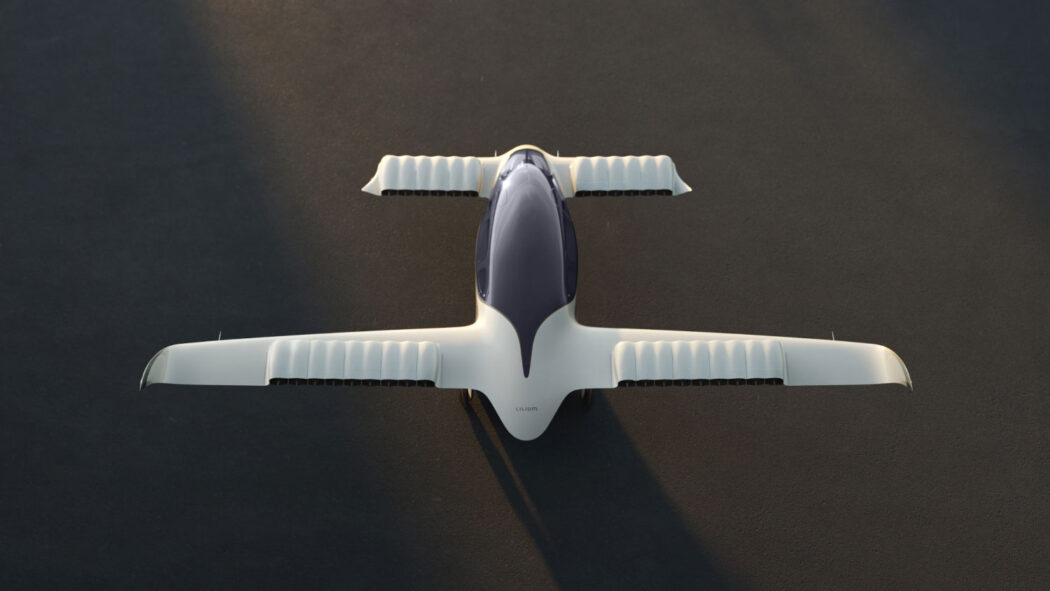
With electric aircraft, efficiency is a key issue. Even the best batteries cannot store much power for their weight. Lilium claims its prototypes will avoid this vicious circle with new battery technology by adding more batteries to an eVTOL to supplement lifting ability. However, adding more batteries requires more power to carry the extra weight.
Moreover, vertical lift uses a lot of power – helicopters are less efficient than planes – so those eVTOLs that rely solely on rotors can’t go very far since their battery power goes into staying aloft. In addition to adding rotors and propellers, wings create another trap of adding weight that has to be moved around anyway.
A Lilium prototype features 36 electric fans that are distributed across four wings (the number will be reduced to 30 in future prototypes). In addition to their flaps, the fans have a thrust vectoring system. The fans provide vertical and horizontal thrust by swiveling in banks. A tenth of the energy required for vertical flight is consumed by the wings of this aircraft.
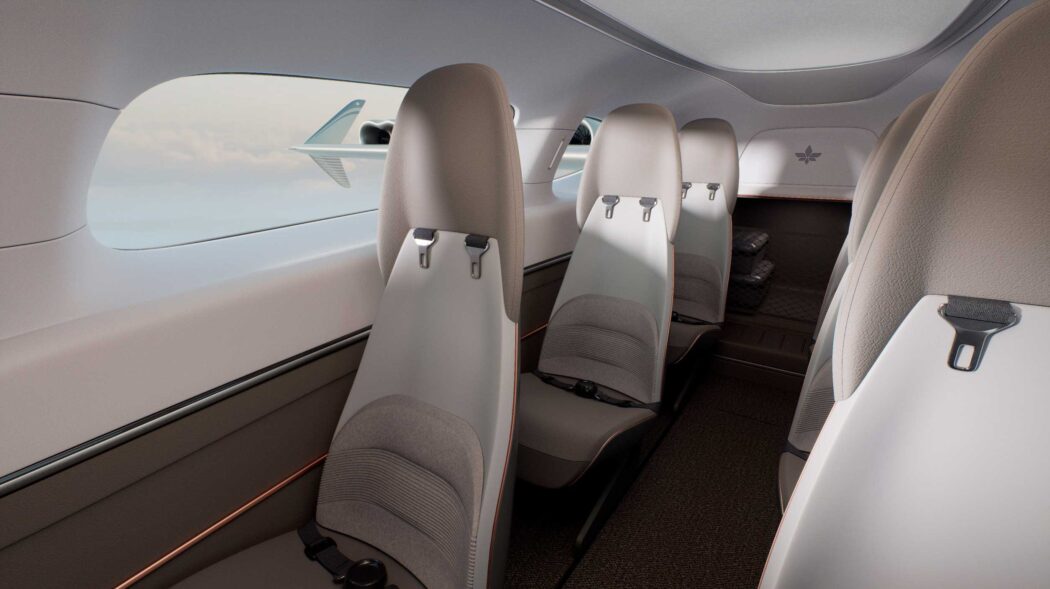
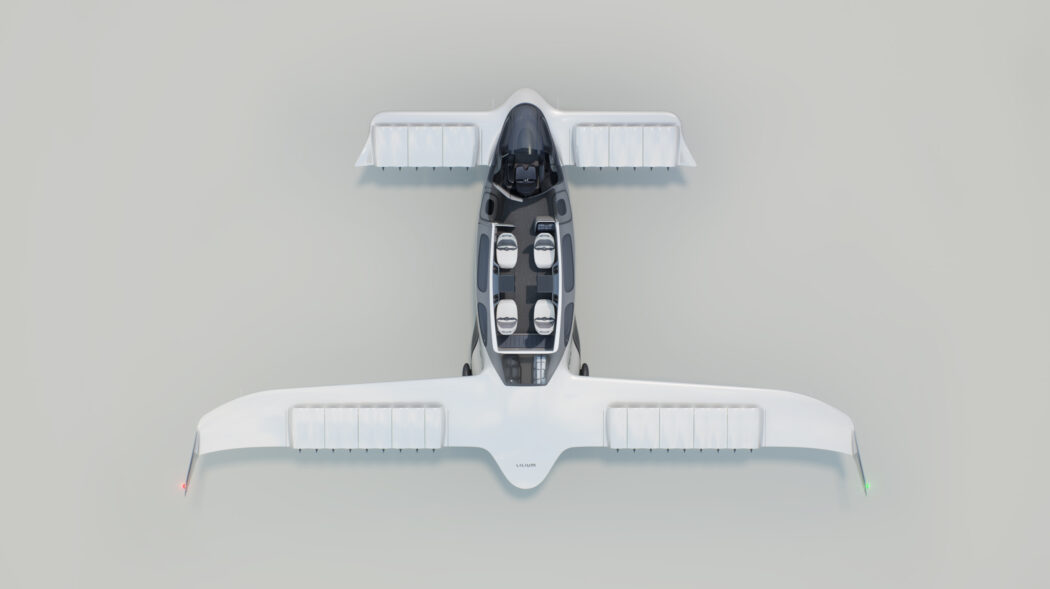
As part of its wing design, Lilium chose a canard arrangement, a style popularized by American aircraft designer Burt Rutan, who designed the Voyager and SpaceShipOne aircraft. In forward flight, 60 percent of the lift is provided by the main wings, 20 percent by the canard wings, and the remaining 20 percent by the fuselage.
With current battery technology, Lilium’s aircraft can reach speeds of 300 mph and connect cities as far apart as 150 miles. Lilium’s regional air mobility plan fits better into regional airspace infrastructures than competitors’ shorter-range, intra-urban air-taxi models.
After Lilium’s regional eVTOL enters service in 2025, the company intends to begin building aircraft for Brazilian clients like NetJets and Azul airlines.
A radical design technology will be revealed as the company seeks regulatory approval for its aircraft in the US and Europe.


